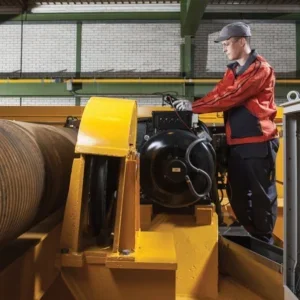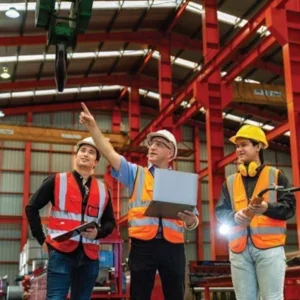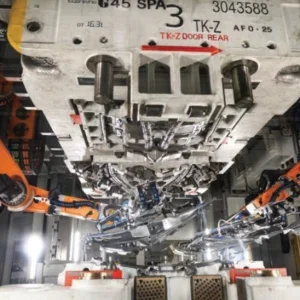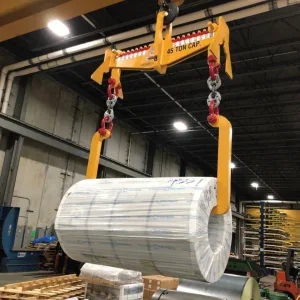While North American hoist manufacturers are not exactly blazing a trail on the technological front, there are significant developments being made in the wider materials handling and lifting field, and these should be recognised.
This magazine has reported before on the emergence of intelligent assist devices (IADs), which represent the next step beyond balancers. In this issue we reproduce a white paper on IADs produced by Cobotics, a young company set up specifically to produce IADs.
The problem – there is always a problem – is that these devices are not cheap. The question, therefore, is when and how will they become more affordable.
The development of IADs to date has been sponsored by the US automotive industry, but the car manufacturers are not having the best of times these days. IADs need wider patronage to enable them to develop further and to bring costs down. One could start by asking what other industry has a similarly high throughput of high value, heavy components? Having struggled to produce an answer, one could then take a totally different approach. This is what Ingersoll-Rand’s IAD team has done. What they did was to find out what industries pay out the most in workers’ compensation for back injuries. The answer was: first, the health sector (nurses shifting heavy patients); second, the airline industries (even the most burly baggage handlers can get back injuries, and so can the check-in staff humping suitcases onto the conveyors behind them); and third, warehouses (receiving large pallets from manufacturers and breaking them up for small retailers).
Of these, Ingersoll-Rand reckons warehouses are likely to be the most fruitful target. Although the value of the loads being shifted will only rarely justify the cost of IADs, spiralling compensation payouts will make them seem cheap. Give it a few years, and we will find that it is the insurance companies that will drive the wider adoption of handling devices to prevent manual lifting.






